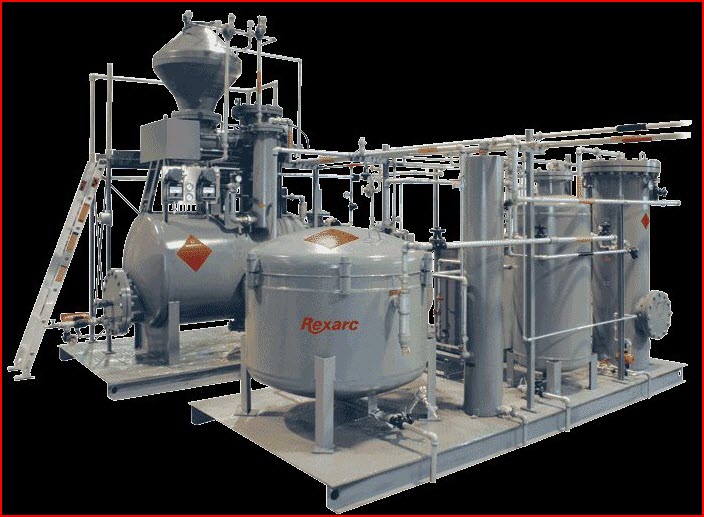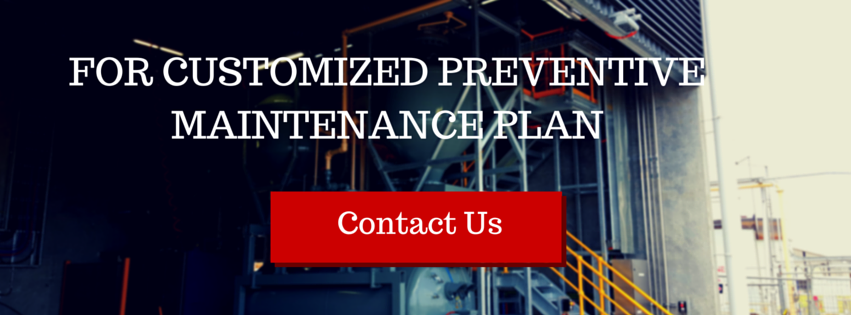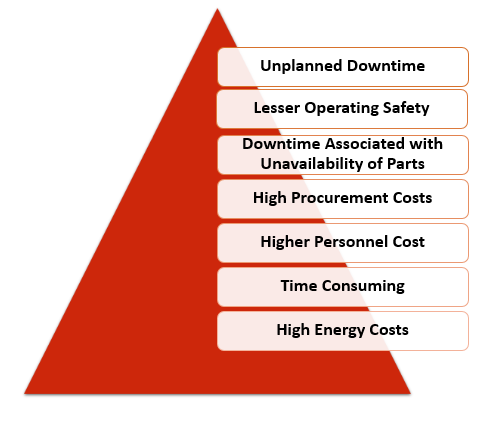Rexarc is currently open from 7:30 AM – 4:00 PM EST, Monday – Friday. Read More
Rexarc is currently open from 7:30 AM – 4:00 PM EST, Monday – Friday. Read More

Preventive maintenance is the key to high performing equipment and streamlined operations. This process can help a company minimize losses associated with part failure and unplanned shutdowns. Preventive maintenance is repair work that is performed periodically on all the functional equipment in a plant. This process allows an organization to plan on the right time to perform this operation. For preventive maintenance, the entire plant does not need to be shut down. Small sections of the plant can be shut down at a time, allowing regular plant operations to function despite conducting maintenance activities.
Preventive vs. Reactive Maintenance
Reactive (Unplanned) Maintenance costs 3 to 9 times more than Preventive (Planned) Maintenance
Preventive maintenance in an acetylene plant is of immense importance for two major reasons. One, planned downtime allows the organization to manage the shutdown during a low production period. It is a proactive and not a reactive process. Hence, shutting down of operations can be planned in advance helping lower unexpected losses.
Two, risk associated with a part breaking mid-operation is reduced. This is extremely important when working with highly volatile and combustible substances like acetylene. Preventive maintenance is one of the easiest ways for a company to lower their costs.
Reactive maintenance is the process of repairing equipment when a part or the entire equipment fails. Generally, this is an unplanned process. The component could become non-functional at any point during its service life cycle. At that point, the part is repaired or replaced.

Drawbacks of Reactive Maintenance
Reactive maintenance in acetylene plants could be risky, time consuming, and unprofitable. Here’s why:
The system will have to be shut down at the point when the part fails. Since, this can’t be predicted, the organization could suffer severe losses associated with lost production time.
The level of safety is also much lower if a critical part fails. The person operating the equipment could be at risk. The failure of one part could damage another part as well.
If a particular component of the damaged equipment is unavailable, production halts until the part is made available. This could result in major losses for an organization.
Procuring parts on an urgent basis could also mean higher procurement and shipping costs.

Unexpected maintenance procedures could require additional workers or man-days. This can be estimated during preventive maintenance and not reactive maintenance.
Since this process is unpredicted, it could take a long time to fix the issues. Time taken to diagnose the issue, sourcing the parts, and getting the right personnel is high.
A product that is working without being optimized to its proper working condition will consume more energy. Cleaning parts, lubricating, and replacing certain components allows the equipment to work more efficiently.
This three part series on preventive maintenance in acetylene plants explains in detail the many benefits of preventive maintenance. You can also learn about the important steps in planning for this procedure in your acetylene gas plant.

We are a one stop shop from custom vessel production to full skidding, plumbing and instrumentation.

We stand by our processes and communicate with you on your project status as much or as little as you would like.

We continually reinvest in our people, business, and equipment technology to ship quality products on time.
